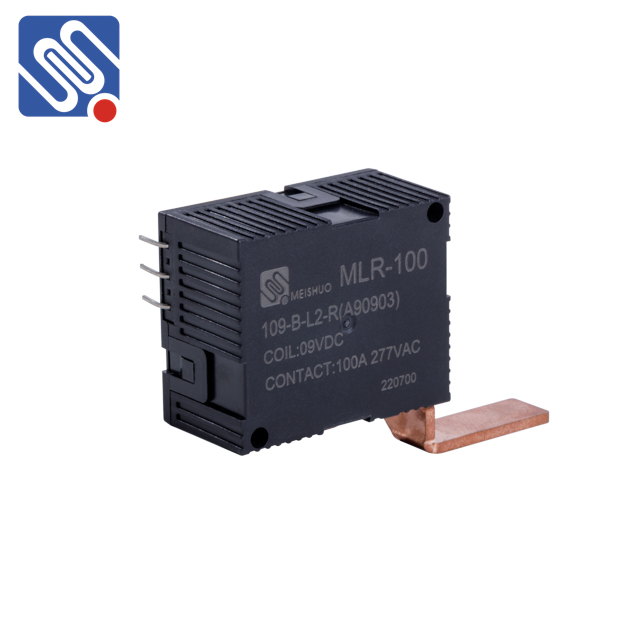Automatic relays are essential components in the electrical engineering field, providing crucial protection, control, and automation in various systems. These devices are designed to open or close electrical circuits based on preset conditions, making them fundamental in safeguarding electrical circuits, machinery, and equipment. The ability of an automatic relay to detect specific parameters, such as voltage, current, or temperature, and respond accordingly has made them indispensable in both industrial and residential applications. This article explores the operation, types, and applications of automatic relays, highlighting their significance in modern electrical systems.

How Automatic Relays Work An automatic relay typically operates based on electromagnetic principles. The device consists of a coil, contacts, and a mechanical mechanism that responds to changes in the electrical parameters it monitors. When an abnormal condition, such as an overcurrent or overvoltage, is detected, the relay activates, either opening or closing the circuit. The relay’s main function is to prevent damage to electrical systems by automatically disconnecting or redirecting the current when certain thresholds are exceeded. When an external condition triggers the relay, the coil generates a magnetic field that moves the relay’s contacts. These contacts can be either normally open (NO) or normally closed (NC), and their position determines whether the circuit is complete or broken. For instance, in an overcurrent relay, if the current surpasses a predefined limit, the relay will disconnect the circuit to protect connected equipment from overheating or damage.
Leave a Reply